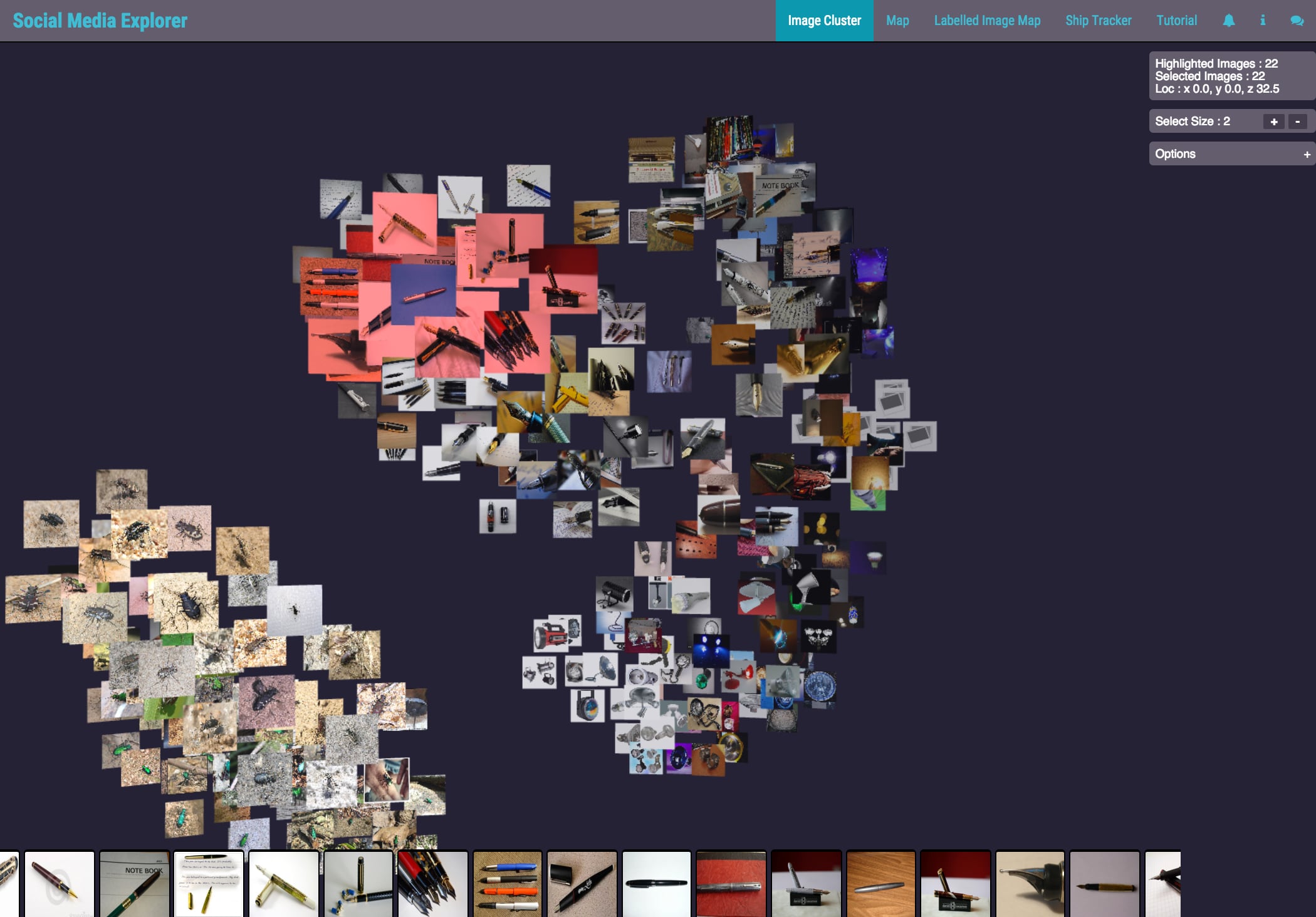Information is power, except when there is so much information that sifting through it in any timely manner to make actionable decisions is nearly impossible.
This is the situation in which the Pentagon has found itself, especially as it applies to full-motion video captured from unmanned aerial systems able to hover over targets for hours, unbound by human endurance limits.
"I'm happy to tell you that this is as big as the introduction of nuclear weapons into the Department of Defense," said Col. Drew Cukor, director of ISR PED at the office of the under secretary of defense for intelligence, at a panel hosted by MarkLogic in Washington on June 20.
"What we're going to watch now unfold across all of our analytics enterprises to include medicine, operation, logistics, as we bring these technologies to bear, will change just about everything," he added during a discussion of machine learning and algorithms.
Cukor is also the program manager for a new initiative established by Deputy Secretary of Defense Bob Work in an April 28 memo for the Algorithmic Warfare Cross-Functional Team, or AWCFT.
The goal of this effort is "to accelerate DoD's integration of big data and machine learning," and create actionable intelligence from the wealth of data collected from the myriad sensors in the field.
AWCFT’s first task is fielding technology to augment or automate PED, or processing, exploitation and dissemination, for tactical UASs and mid-altitude, full-motion video in support of the anti-Islamic State group campaign.
"We are now at the point for the first time I can remember where [processing, exploitation and dissemination] is the shortfall more so than the platforms themselves," Lt. Gen. Jack Shanahan, director of Defense Intelligence (Warfighter Support) and the lead for the AWCFT, saidearlier this year.
For the military analyst, information must be simplified. "I’m a product of the '80s. I used to play video games. … I would put a quarter in the machine, and the instructions were very simple: insert quarter, avoid Klingons," Cukor said of the proper level of sophistication analysts need, while referencing "Star Trek."
"Hopefully we’ll begin to do things with the super-high confident level we’ve always wanted to," he said of advancements in algorithms and machine learning. The hope is to be able to provide more time to think and make decisions while expanding into areas never previously thought of as possible, he said.
As near-peer adversaries pursue similar technologies, Cukor said the first moves in a new battle could be entirely by machines.
Providing 'actionable' intelligence
In practical terms, what is the AWCFT effort seeking to accomplish?
Cukor explained that the plan will undergo a gradual approach within three sprints.
First, it will look at a detection, classification, alerting and then moving into map display. Detection will put boxes around objects on the screen that algorithms identify. Classification will give those items names based on a confidence scale. Alerting will enable the computer to spot a certain object, unburdening the overburdened analyst poring over a screen trying to find the needle in a haystack a with the camera of poor resolution. This could be a white pickup truck, for example, which is the No. 1 thing being chased around Mosul these days, Cukor said.
Then there are a set of performance goals for the second and third sprint. Cukor said the community is anxiously awaiting the Conference on Computer Vision and Pattern Recognition taking place at the end of the summer, hoping by the fall there will be a "massive breakthrough" in the commercial world in activity recognition. This essentially tracks objects and machines, providing context to actions. For example, if three people are in the middle of nowhere digging a hole, the activity is that they're planting an improvised explosive device.
The end goal is to identify all the people in an entire city digging a hole and go right to them without having to pore over thousands of hours of footage.
The DoD wants to leverage what is already commercially available and put it in our programs of record, he said.
Following his participation on the panel, Cukor told C4ISRNET that the services are "all integrated" within the AWCFT effort. "They’re all part of the governance structure and they all know it’s coming."
The first sprints, he said, are going after tactical UASs because that’s where the fewest analysts focus. After that, they’ll move to medium-altitude systems.
Mark Pomerleau is a reporter for C4ISRNET, covering information warfare and cyberspace.








